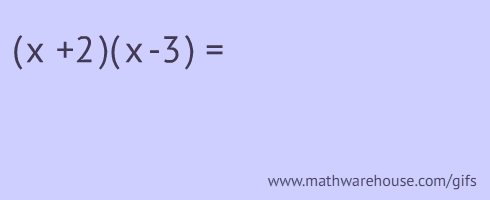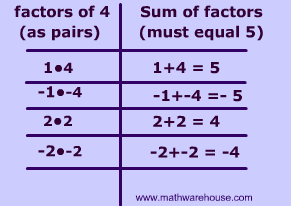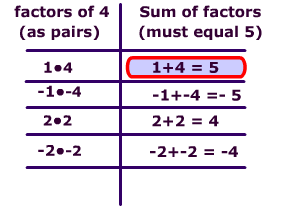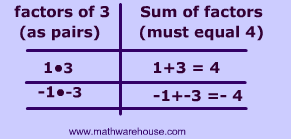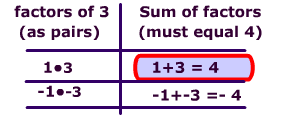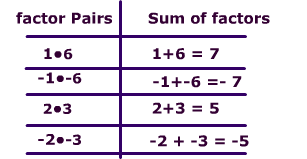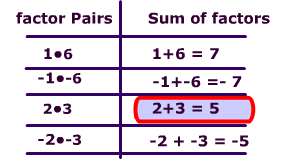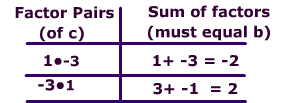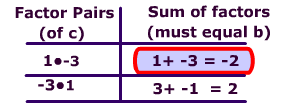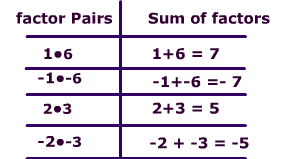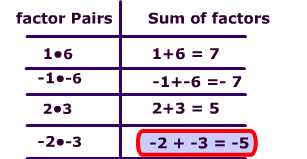What is a Trinomial?
A trinomial is a polynomial with 3 terms.. This page will focus on quadratic trinomials. The degree of a quadratic trinomial must be '2'. In other words, there must be an exponent of '2' and that exponent must be the greatest exponent.
$$ \text{Examples of Quadratic Trinomials} $$
| $$ 3x^2 + 2x + 1$$ |
| $$ 7x^2 + 4x + 4$$ |
| $$5 x^2 + 6x + 9$$ |
$$ \red { \text{Non }}\text{-Examples of Quadratic Trinomials} $$
|
$$ x^{\red 3} + 2x + 1 $$
this is not a quadratic trinomial because there is an exponent that is $$ \red { \text{ greater than 2} } $$ |
|
$$ 2x + 4 $$
this is not a quadratic trinomial because there is not exponent of 2. In fact, this is not even a trinomial because there are 2 terms |
|
$$ 5x ^{\red 3} + 6x^2 + 9$$
this is not a quadratic trinomial because there is an exponent that is $$ \red { \text{ greater than 2} } $$ |

